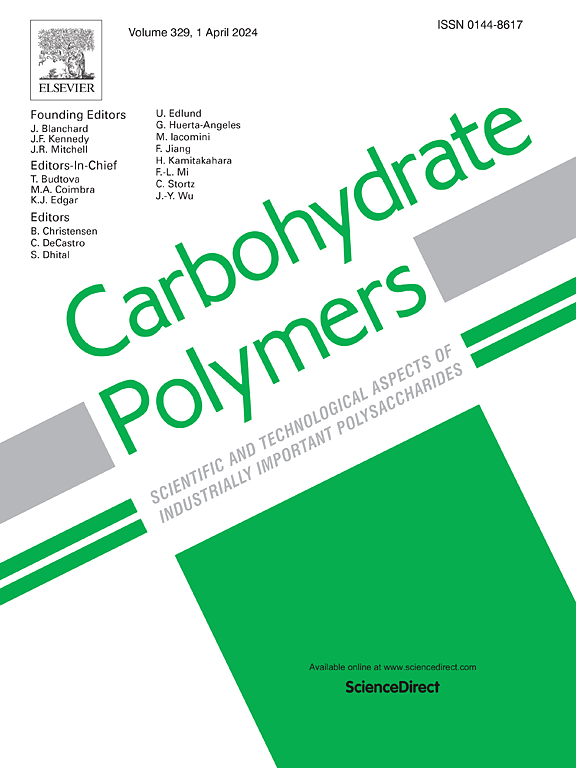Bacterial cellulose: Is it really a promising biomedical material?
IF 10.7
1区 化学
Q1 CHEMISTRY, APPLIED
引用次数: 0
Abstract
Bacterial cellulose (BC) is currently considered a promising biomaterial due to its specific structure and properties. However, despite extensive research, questions about its fundamental properties, especially biocompatibility, remain. Thus, the purpose of this review is to analyze the results of in vivo trials from different areas of biomedicine, including wound healing, tissue engineering, drug delivery, and biomedical implants. The primary question guiding our review was “Why is bacterial cellulose still not used in clinical practice?” Analysis of the literature has shown that the results of in vivo studies often contradict each other. For example, BC caused and did not cause an immune response in an equal number of reviewed articles. Its efficacy in pure form generally does not differ significantly from that of materials already on the market. Conversely, BC may prove to be a valuable material in the long term, not because of its efficacy, but rather because of its affordability and ease of use. Additionally, challenges associated with immune reactions, long-term biocompatibility, and the necessity for standardized experimental protocols must be addressed. We expect that this review will encourage a more thoughtful investigation of BC to bring it into practical medicine.

求助全文
约1分钟内获得全文
求助全文
来源期刊

Carbohydrate Polymers
化学-高分子科学
CiteScore
22.40
自引率
8.00%
发文量
1286
审稿时长
47 days
期刊介绍:
Carbohydrate Polymers stands as a prominent journal in the glycoscience field, dedicated to exploring and harnessing the potential of polysaccharides with applications spanning bioenergy, bioplastics, biomaterials, biorefining, chemistry, drug delivery, food, health, nanotechnology, packaging, paper, pharmaceuticals, medicine, oil recovery, textiles, tissue engineering, wood, and various aspects of glycoscience.
The journal emphasizes the central role of well-characterized carbohydrate polymers, highlighting their significance as the primary focus rather than a peripheral topic. Each paper must prominently feature at least one named carbohydrate polymer, evident in both citation and title, with a commitment to innovative research that advances scientific knowledge.
 求助内容:
求助内容: 应助结果提醒方式:
应助结果提醒方式:


